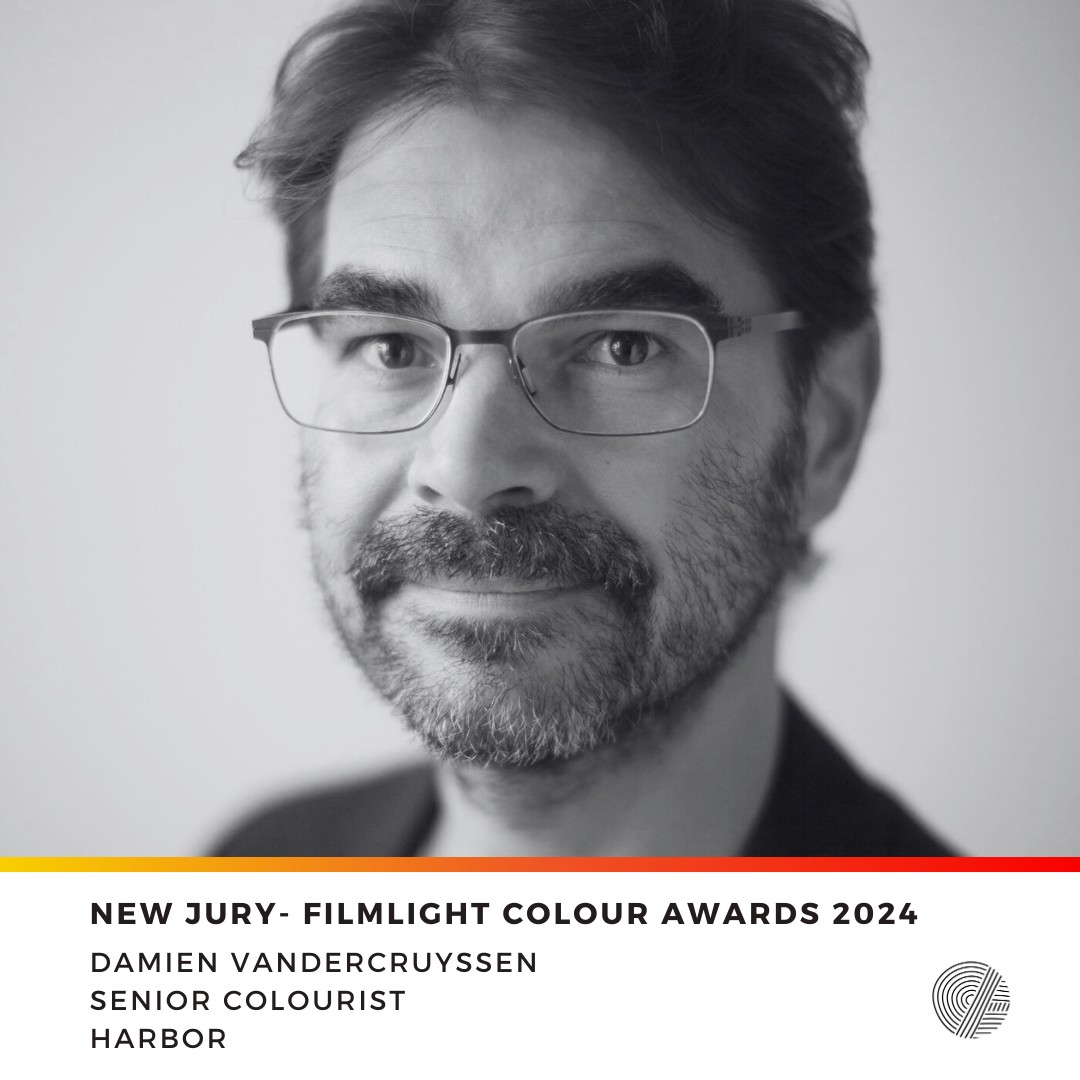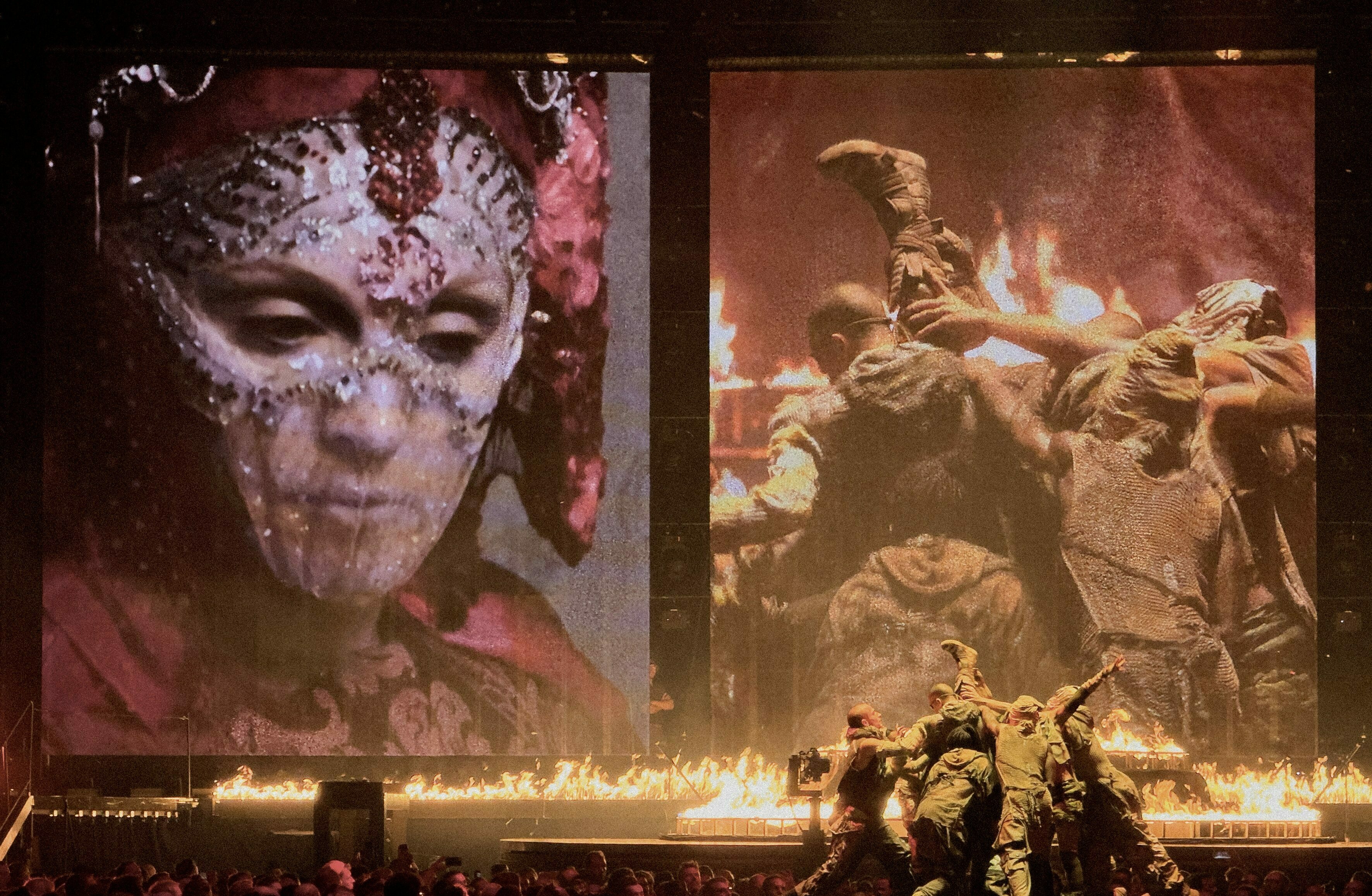Q&A with CINEMATOGRAPHER DIANA OLIFIROVA and COLOURIST TOBY TOMKINS
Written by Alli Albion
You've worked together on multiple projects now, over many years, including WALP Series 1. What do you see as the benefits of an established, long-term working relationship?
Diana: I feel like there is mutual trust there which can allow us to be bolder and create a bit of a push-pull. Challenging each other creatively can bring unexpected results that often surprise and amuse me. I think being in the moment is key. As well as having a plan, there is a great power in playing with the image together and feel what is right for the story in the way that it is edited - which could be different from how we originally planned it. Nida, the creator, writer, director and executive producer, is always there too and is very open about the look and of course very specific too - we always address that. The three of us definitely have a good flow, attention to detail and trust.
Toby: For me it’s all about efficiency and creative positivity. I generally know what Diana likes and we can have fun getting there. When you’re working with someone new there’s always more back and forth and creatively it can be frustrating and you can lose momentum. When there’s common ground and experience it can be really liberating and you can just have fun being creative together and keep things moving forward with positivity. It’s way more fun!
How does this series differ from the previous one - in terms of process, look, etc. - and why have these choices been made?
Diana: We have finessed things more and were able to able to build on what we have done before. We used the same LUTs which were with a little contrast and colour amendments and -1 and -0.5 stops to capture more details in the shadows. There was very limited time in the grade for each episode so it helped very much to have an established process from season one.
Toby: As Diana says, grade-wise the look is very similar to season one. A grading philosophy of mine is - if it ain’t broke then don’t fix it, so when Nida and Diana said they wanted to use the same LUT as season one I was happy to oblige. I have developed as a colourist since season one though, so everything underneath the LUT is hopefully a little cleaner and more refined!
How did you use your craft to enhance the narrative?
Diana: I love to start from the very beginning, even before seeing anything, before talking logistics and crew. Just the script, director and me, talking through the intentions, the meanings, the feelings and emotions we want to convey through the screen to the audience. Then the shots come with ease to one’s head and the world is getting built in my imagination. Then come the rules of visual storytelling that are unique to each project. That helps to build everything on top - the lighting, the movement, the colours, the angles, the size of lenses and ways to cover the scene to make it most impactful. I could go on and on, but the key for me is to first find the core and then build the world around it, having fun and playing with the technics, equipment and the team on our way. I love using simple hand-held camera at times, as well as constructing complex developing shots using the crane and dolly. I love thinking in depth about the meanings of colours and collaborating thoroughly with the art department and costume, doing tests when needed and in general having a “what if” attitude and open approach. However, when it comes to composition, I am all over it and love to make sure there is nothing unnecessary crumbling each frame as it will be in the way of the audience being able to “breathe in” the story with ease. For that reason, I like operating the camera and being precise.
Toby: The best thing about working with Diana is that she’s constantly thinking about colour and the narrative, so my role with her projects is just to hone that to be its best version of itself.
Occasionally we would have to change things a lot like when the weather wasn’t right or the edit changed the context. But, really on this one Nida and Diana gave me the ingredients I could just bring together and add a little seasoning to, and we were cooking.
All episodes of We Are Lady Parts are available to
stream on Channel 4 in the UK and Peacock in the US.
Which is your favourite scene and why?
Diana: I love the scene in episode six when Saira comes to Momtaz’ community centre and discovers all the various musicians and spaces within it. It took us a while to find that location, as we wanted a big space but ideally without much in it so we can make our own build within it and light the way we want it. When we arrived there, the first thing I noticed was this big arch with lots of bulbs in it and I got very excited. I started imagining how we could expand the space using more bulbs, colours and various textures to create depth and a feeling of an exciting DIY space that most of such communities have. I love mixing old-school tungsten bulbs (in this case I found some very cool multi-coloured ones) with LEDs, battery powered lights, dedos, molebeams, mirrors, check- board bounces (“Elvis”), gels and haze. An eclectic mix and very exciting to get it to work, with a great collaborator in production designer Amy Maguire, the trusted gaffer Gordon Goodwin (we worked together on “Heartstopper”) and Toby adding final touches on the image. All of it comes to a flourishing final result which I hope the audience will like and share the feeling of wonder and fun we had creating it!
Toby: Well, it’s got to be Malala Made Me Do It for me. Malala, a horse, killer performances and lashings of bold colour to bring it all together. I remember having a massive grin on my face when we watched this in the review!
Were there any challenges either during the shoot or in post, and how did you overcome them?
Diana: On set I worked with DIT Nathan Snoddy to make the looks for each scene, which helped me a lot to think ahead, but then in the grade with Toby we started from scratch again, with passion and a fresh creative search. The process felt smoother and also more refined as we moved through it, but the time we were given was very limited so we didn’t have much time to review. To overcome this, we just tried to be as communicative as possible and stop-start on each scene/shot that we felt needed more work, over and over again, and also pick the most important ones and set priorities. Hard but so necessary!
Toby: Nothing major in post, I just always want more time!

